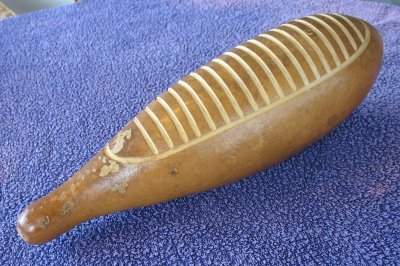Cha-cha-chá
A Cuban dance and music style created in the early 1950s by Enrique Jorrín, evolving from the danzón-mambo tradition in charanga orchestras.
- Origin: Derived from danzón-mambo to be more accessible for dancers.
- Invented in Havana around 1953 by Enrique Jorrín.
- Named after the sound of the dancers’ triple step (cha-cha-chá)
- Performed by charanga ensembles (flute, violins, piano, bass, güiro, timbales)
- Features simplified rhythms compared to mambo, making it easier for social dancers
- Became an international ballroom craze in the 1950s
- Blends Afro-Cuban syncopation with European elegance
- Global spread: Quickly gained international popularity.
Cuban Dances Originating in Havana
Havana, the cultural heartbeat of Cuba, played a central role in the creation and evolution of several iconic Cuban dances. Some were born directly in the capital, while others were transformed there into the forms we know today.
Lees meer >Charanga is a Cuban ensemble style and musical tradition that dates back to the early 20th century. It became especially popular in the 1940s–50s and played a crucial role in the evolution of salsa, timba, and Latin jazz.
Lees meer >Mambo
In Cuban music, especially in salsa and son,
the " mambo" section typically refers to a brassy, rhythmically intense instrumental break,
often featuring repetitive horn lines, call-and-response patterns, and building energy toward the climax of a song.
Mambo
In Cuban music, especially in salsa and son,
the "mambo" section typically refers to a brassy, rhythmically intense instrumental break,
often featuring repetitive horn lines, call-and-response patterns, and building energy toward the climax of a song.

The güiro is central to danzón, cha-cha-chá, son, and salsa, and is a standard feature of charanga orchestras that popularized Cuban dance music in the 20th century.
Lees meer >Piano
Origins
Inventor: Bartolomeo Cristofori (1655–1731), an Italian instrument maker in Florence.
Date: Around 1700, Cristofori built the first instrument he called a “gravicembalo col piano e forte” — meaning harpsichord with soft and loud.
Reason for invention: Harpsichords (the main keyboard instrument of the 1600s) could not vary loudness by touch. Cristofori solved this by using hammers to strike strings instead of plucking them.
Mechanism: When a key was pressed, a felt-covered hammer struck the string, producing sound with dynamics depending on how hard or softly the key was played.
Timba, the explosive and rhythmically rich genre of Cuban dance music, transformed how the bass functions in popular music. In Timba, the bass is not just foundational — it’s fiery, funky, and free.
Lees meer >
